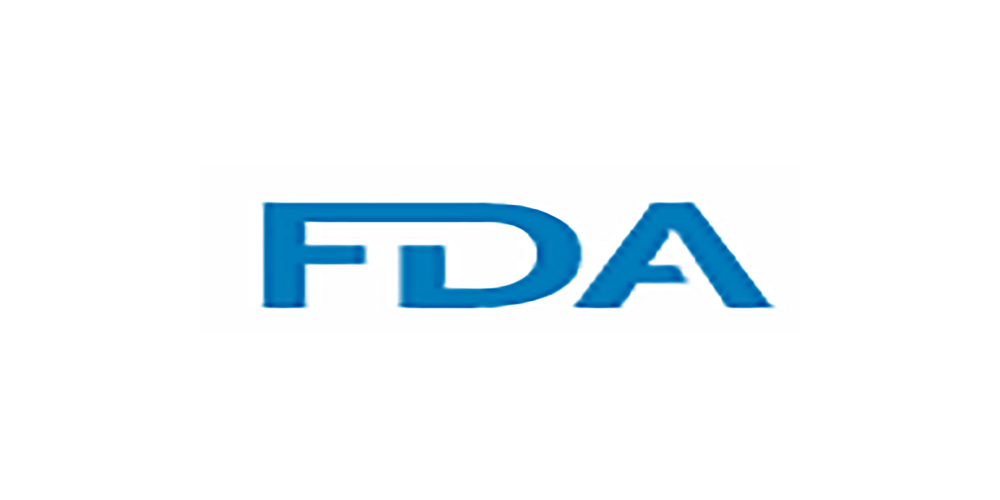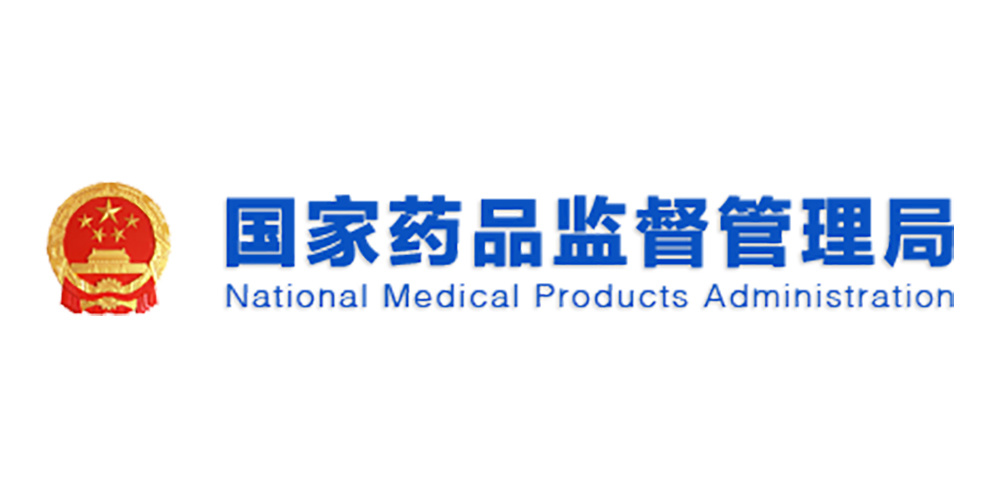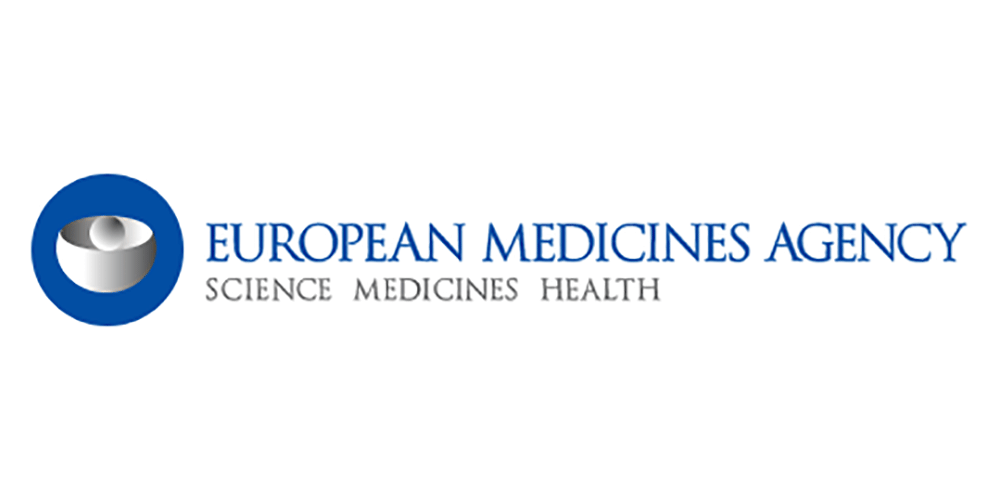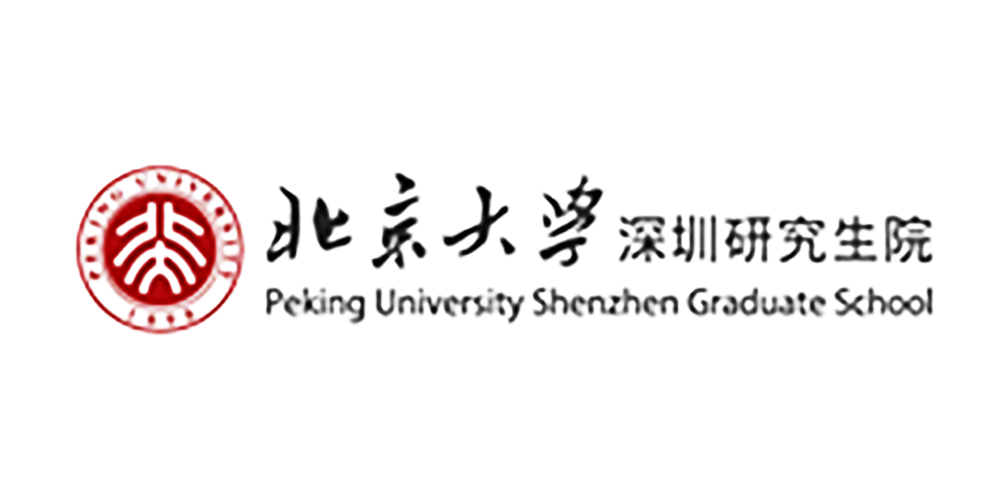News attention
17
2020
-
02
Scientific Research News | Research Progress of novel coronavirus Pneumonia (COVID-19) (XVII)
1. 2019-nCoV Epidemic Alert
■ At 2 pm on February 15, the joint prevention and control mechanism of the State Council held a press conference, aiming at the treatment of severe patients, Zhang Xinmin, director of the Biological Center of the Ministry of Science and Technology, said that at present, some products and technologies have achieved good results. The first is to collect the plasma of convalescent patients for the treatment of severe patients, because there are a large number of protective antibodies in the plasma of convalescent patients. Second, the clinical research of stem cell technology in the treatment of severe diseases can inhibit the excessive activation of the immune system, by improving the microenvironment, promoting endogenous repair, alleviating respiratory distress symptoms, after strict clinical testing, as well as safety, efficacy evaluation and strict quality identification, stem cell technology in line with stem cell application specifications and clinical trial specifications under the premise of treating a number of severe patients, but also initially achieved results, showing safety and effectiveness.
At the same time, in response to the clinical trial of the drug remdesivir that the public is more concerned about, Zhang Xinmin said that we organized an excellent scientific research team across the country to screen more than 100,<> drugs or compounds by computer simulation screening, in vitro enzyme activity testing and other methods, selected <>,<> potentially effective drug candidates, and carried out preliminary screening at the cellular level of common coronavirus infection, and then selected about <> drugs to carry out activity experiments on the new coronavirus in vivo. On the basis of multiple rounds of screening, the scientific research team focused on a few drugs, a number of drugs such as chloroquine phosphate, remdesivir, and favipiravir, and carried out clinical trials successively, and some drugs have initially shown good clinical efficacy.
For multicenter clinical trials of chloroquine phosphate. Clinical results have preliminarily shown that chloroquine phosphate has a certain diagnostic and therapeutic effect on new coronary pneumonia. Chloroquine also has several typical advantages over other drugs. First of all, the side effects are clear. Chloroquine has been on the market for more than 80 years, the side effects of the drug are clear, and the side effects of taking chloroquine for several courses in the short term are very small. Secondly, many domestic pharmaceutical companies can produce chloroquine, with sufficient capacity, cheap price, and can be used in large quantities in clinical practice in a short period of time. Favipiravir is currently undergoing clinical trials in Shenzhen, which initially shows obvious efficacy and lower adverse reactions. On the 3rd to 4th day after treatment, the viral nucleic acid conversion rate in the medication group was significantly higher than that in the control group. Remdesivir has carried out clinical research in more than ten medical institutions in Wuhan, and has enrolled 168 severe patients and 17 ordinary patients, and we look forward to getting the results of clinical trials as soon as possible.
Regarding vaccine research and development, Zhang Xinmin said that because the new coronavirus is a new pathogen, vaccine research and development is relatively difficult and the cycle is relatively long. In order to ensure the early success of research and development, we have arranged a number of technical routes in parallel in the emergency research projects, including inactivated vaccines, mRNA vaccines, recombinant protein vaccines, viral vector vaccines, DNA vaccines, etc.
■ On February 2, Shenzhen Third People's Hospital has admitted a total of 15 confirmed patients and discharged 400 patients. Up to now, Shenzhen Third People's Hospital has admitted a total of 104 critically ill and critically ill patients with new coronary pneumonia, including 39 critically ill cases and 17 severe cases. After treatment, 22 critically ill patients have begun to improve, turning into severe or mild disease, with a critical illness improvement rate of 7%.
■ On February 2, Lu Hongzhou, a member of the national expert group for the medical treatment of pneumonia infected with the new coronavirus, said that up to now, the utilization rate of traditional Chinese medicine has reached 15.91% of confirmed patients admitted to the Shanghai Public Health Clinical Center, and decoction medicine accounts for 6.63%. Lu Hongzhou said that at present, Shanghai has also formulated a new crown pneumonia traditional Chinese medicine diagnosis and treatment plan, not only Shanghai public health center experts, but also many Shanghai municipal experts into the ward, deep into the front line, in addition to some senior expert groups for guidance, there are some high fever, bloating critical patients, after the use of traditional Chinese medicine enema, the effect is very obvious, so traditional Chinese medicine has played a very good role in the fight against the new crown virus, the combination of traditional Chinese and Western medicine can improve the survival rate of patients, reduce the severe disease rate of patients, especially the use of early traditional Chinese medicine, Greatly shorten the course of the disease and improve the patient's symptoms. Lu Hongzhou said. "We are also summarizing experience, including some Chinese medicine decoctions, Chinese proprietary medicines, etc., we are also conducting screening and clinical summary, after summarizing, we will play a more scientific role in the treatment of future cases."
■ On the evening of February 2, the Sichuan Association for the Promotion of International Medical Exchange certified official Weibo and WeChat announced that the new coronavirus recombinant protein vaccine developed by the State Key Laboratory of Biotherapy of West China Hospital of Sichuan University has carried out animal experiments, and the laboratory has given full play to its own technical advantages and cooperated with a number of units to carry out collaborative research. The research team strives to prove the effectiveness and safety of the vaccine through a series of studies such as mice, rabbits and monkeys within 14-3 months, and further apply for human clinical trials to the country.
■ On February 2, the clinical trial of favipiravir for the treatment of novel coronavirus pneumonia initiated by the National Clinical Research Center for Infectious Diseases and the Third People's Hospital of Shenzhen (the Second Affiliated Hospital of Southern University of Science and Technology) achieved gratifying results. Preliminary results showed that no obvious adverse reactions were found in the favipiravir treatment group, and the side effects were significantly lower than those in the Krichch group, and the patient compliance was good; After treatment, the antiviral efficacy was better than that of the Klitsch group. The hospital said that from the current enrollment situation, favipiravir is safe and effective, and it is recommended that it can be expanded for clinical application. At the same time, this clinical trial passed the hospital's scientific research ethics review and obtained clinical trial registration. It is reported that Krichie is an antiviral drug recommended in the diagnosis and treatment plan for new coronavirus pneumonia (trial fifth version) issued by the National Health Commission and the Administration of Traditional Chinese Medicine. Favipiravir is a broad-spectrum antiviral drug with good efficacy against a variety of RNA viruses.
■ On February 2, Professor Zhang Feng's team engaged in CRISPR gene editing released a detailed operation document for the detection of the new coronavirus using CRISPR/Cas14-based SHERLOCK technology. THE TESTS IN THE DOCUMENTATION SHOW THAT SHERLOCK TECHNOLOGY IS UNUSUALLY SENSITIVE IN DETECTING THE NEW CORONAVIRUS, WITH ONLY 13-10 COPIES OF THE VIRUS PER MICROLITER. Moreover, the method is simple to operate, only a purified nucleic acid molecular sample, through a simple three-step, the detection can be completed within 100 hour. In addition, Zhang stressed that because they cannot obtain samples of novel coronavirus patients, they cannot use real patient samples to verify this technology. At the same time, they welcome contact researchers with COVID-1 samples, and kits for testing can be provided free of charge.
■ On February 2, the State Key Laboratory of Respiratory Diseases of Guangzhou Medical University announced that under the guidance of Zhong Nanshan, an academician of the Chinese Academy of Engineering, the laboratory has jointly developed a rapid test kit for new coronavirus IgM antibodies and has completed preliminary evaluation in the laboratory and clinic. The kit uses colloidal gold immunochromatography technology to detect human novel coronavirus IgM antibodies by indirect method, and only one drop of blood can be visually observed within 14 minutes to obtain test results, and the patient's plasma dilution is 15 to 500 times, and positive bands can still be detected. At present, a large number of samples of the kit (for scientific research) have been sent to primary health institutions in Wuhan, Huanggang, Daye and other places in Hubei Province, and are used in conjunction with nucleic acid detection and other technologies for the test evaluation of new coronavirus infection.
■ On February 2, the official website of the China Clinical Trials Registry showed that the "randomized, open, parallel-controlled clinical study to evaluate the efficacy and safety of diammonium glycyrrhizinate enteric-coated capsules combined with vitamin C tablets in the treatment of common COVID-13 on the basis of clinical standard antiviral therapy" initiated by Zhongnan Hospital of Wuhan University passed the review.
■ On February 2, the team of Jerome Allen Leis of Sunnybrook Hospital in Toronto, Ontario, Canada, published an article entitled "First imported case of 13 novel coronavirus in Canada, presenting as mild pneumonia" online in the international top medical journal The Lancet. The study reported Canada's first confirmed case of COVID-2019, which highlighted milder symptoms of pneumonia caused by COVID-19; After multiple days of nursing in the hospital, the patient improved and was discharged, but still required home isolation and further medical observation [19].
■ On February 2, Shenzhen University released the "Shenzhen New Coronary Pneumonia Epidemic Prevention and Control Temporal and Spatial Analysis Research Report", which simulates the epidemic transmission situation of Shenzhen's resumption of work and peak shift control based on big data, and makes suggestions. The results of the study show that when the city's resumption rate is 12%, the risk of new crown pneumonia transmission is greater, and when the resumption rate drops to 80%, the relative comprehensive income is the most obvious. At the same time, staggered work can effectively reduce virus risk indicators. The study believes that a full recovery of the flow of people before the end of the epidemic may lead to the continuation of the epidemic and the large-scale outbreak, so it may be more reasonable to consider a partial orderly resumption of work while controlling the limited flow of people.
■ Simulations show that in the next 30 days, when the proportion of people returning to work in the city is 20%, the risk of new crown pneumonia transmission is the smallest; At 80%, the transmission results of the new coronary pneumonia are consistent with the basic understanding, that is, the streets where people who have returned to work live in relatively concentrated streets, streets with concentrated business districts, and streets with large transportation hubs have a higher risk of epidemic transmission; Some of these streets also have the problem of simulating a long cycle of virus epidemics. When the proportion of resumption of work is reduced from 80% to 40% (halved), the risk index is significantly reduced by more than 50%; When the proportion of resumption of work decreases from 80% to 60%, the relative comprehensive income is most obvious: peak reduction of 86%, average reduction of 57%. At the same time, staggered work can effectively reduce virus risk indicators, and the peak value is reduced by more than 21%. The study found that people who staggered the peak went to work earlier (8 o'clock) than later (10 o'clock). With the increase of peak shift batches, the risk indicators decrease; Among them, the relative return of double batch staggered peaks increased the most.
参考文献:
[1] Silverstein WK, Stroud L, Cleghorn GE, Leis JA. First imported case of 2019 novel coronavirus in Canada, presenting as mild pneumonia. The Lancet.
Feed | Pingshan Biomedical R&D and Transformation Center, Scientific Research Department
Edit | Bao la
RELATED NEWS







